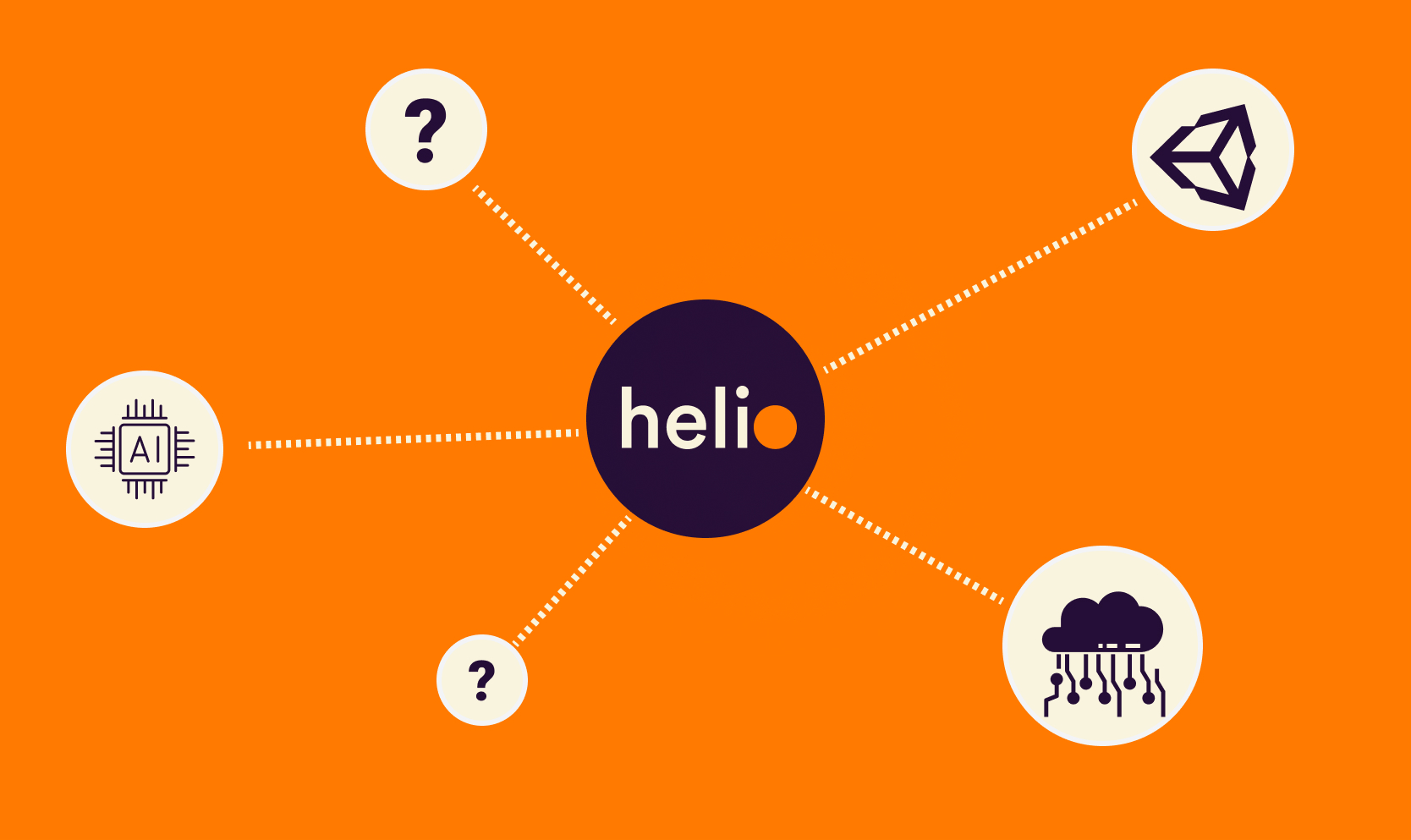
This blog post is part of a series.
Helio's API-First Approach
At Helio, we see significant changes in requirements for cloud computing coming up: In 2021 it's still a challenge to develop a product and solution that requires cloud platforms. First, it's very complicated, needs a lot of know-how of cloud experts, and it can get costly very quickly. Not a good foundation for faster innovation from everywhere and everyone.
We democratize compute, empowering anyone who is using technology to solve the world’s most complex challenges.
We believe that the only way to make cloud computing simpler and more affordable is to increase the efficiency of idle servers around the world. This only works if you fully automate the process and access to this capacity (over 80% of the global compute is sitting idle!)
Our goal is to reduce the complexity of cloud computing into a handful of APIs. Everyone should be able to get access to cloud computing to be able to innovate fast.
Render API
Helio’s Core API offers access to cloud computing power of 100s of data centers and matches the workload with the best available capacity. But this can be too generic for some use cases. This is why we started with a workload-specific solution - the Render API on top of the Core API. By building an API specifically for 3D renderings, we reduce to a smaller set of APIs: Endpoints for render engines and storage, so 3d artists and developers can render with one call or click.
Helio's Render ClientThe Render API is accessible for external consumers and can be used in different ways.
For example, the Render API can be used to extend on-premise Render Managers with cloud computing on peak times. Or it could be used to embed cloud rendering into existing workflows with a few API calls. The possibilities of how the Render API is being used are essentially endless.
Machine Learning and More
The Render API is not the only simplified API we're building on top of Helio's Core API. We're also working on improving the workflow for machine learning, simulations and more: All markets facing challenges due to the requirements of more compute.
For example, training machine learning algorithms requires a lot of compute to find the right input values. If you want to run this on the existing cloud providers, you'll not just pay a lot for the compute, you'll also need to learn all their platform-specific tools and will have a vendor lock-in in the end.